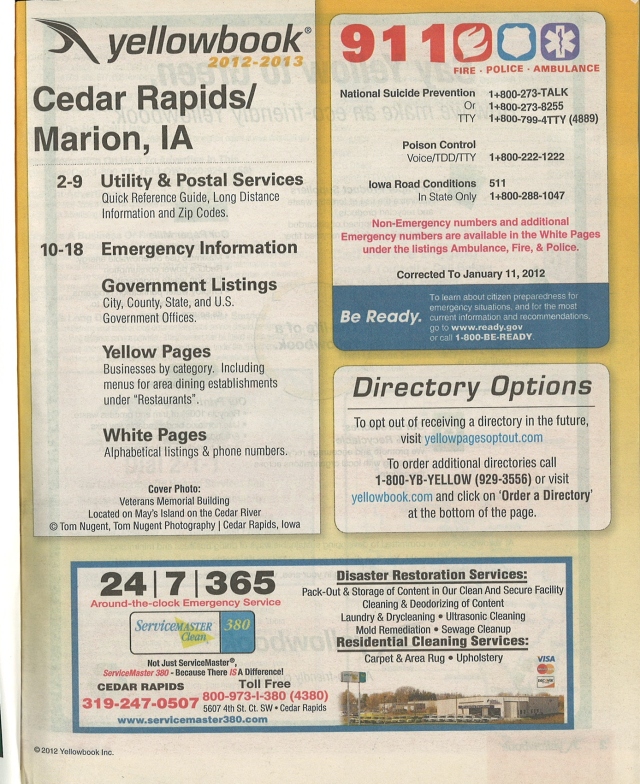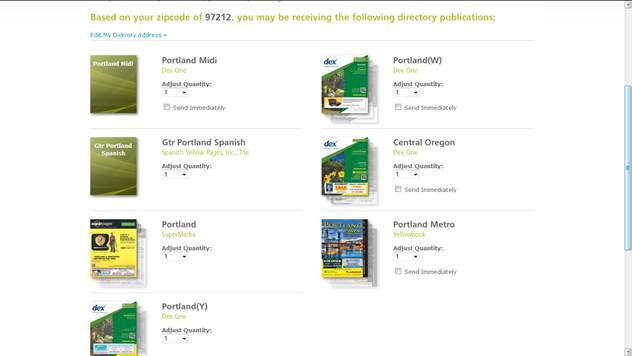The #1 competitor you face today isn’t another company. It’s the customer’s decision to do nothing, to make no change at all…The value they perceive that you offer isn’t big enough to offset what they think it will cost to implement something new.”
— Kevin Davis, President of TopLine Leadership and author of “Slow Down, Sell Faster”.
Unemployment is still over 8%. The incumbent’s approval rating has spent most of the year below 50%. The youth vote that was so excited about Barack Obama’s candidacy four years ago appears to be sitting this one out.
As the presidential election season got underway, many believed that Obama was vulnerable. All Mitt Romney had to do, the smart money said, was present himself as the alternative to Obama, and the election would be his.
And yet, with five weeks to go, Obama has opened a significant lead in the polls. Even the most conservative commentators believe that the Romney campaign is in trouble.
“Barack Obama would win if the election were held today, and probably by a relatively comfortable margin,“, said Ross Douthat in the New York Times.
In the Wall Street Journal, Peggy Noonan suggested that Republican stars such as Chris Christie, Mitch Daniels, Jeb Bush, and Susana Martinez should be out on the stump with Romney every day showing support and whipping up enthusiasm. But, she said, “Some of them won’t want to do it because they’re starting to think Romney’s a loser and they don’t want to get loser on them.”
If the polls are not a just a product of the liberal media conspiracy – if Mitt Romney has, in fact, snatched defeat from the jaws of victory — how did it happen?
The short version, from a marketing perspective: while many of Romney’s prospects (voters) may not be completely satisfied with their current vendor, he has not convinced enough of them them that switching to him is the right move.
Karl Rove in the Wall Street Journal: “Mr. Romney must define more clearly what he would do as president. In spelling out his five-point plan for the middle class, he’ll have to deepen awareness of how each element would help families in concrete, practical ways, and offer optimism for renewed prosperity.”
Douthat, again: “Every presidential campaign is actually a referendum on the challenger as well as on the incumbent, and … it’s entirely possible for voters to ultimately reject a challenger even when they think the incumbent might deserve to be defeated.”
A couple of disclaimers before I continue:
1. A lot can change in five weeks. This is a snapshot of the way it looks on October 2, 2012.
2. I have opinions on politics, but I am not going to express them here. For the purposes of this exercise, I’m voting for whoever you’re voting for.
There is a powerful marketing lesson in what’s going on with the Romney campaign, and it applies to anyone trying to advertise a product or service.
From a presidential-election perspective, it’s not enough for voters to be dissatisfied with the current administration. If the polling data is accurate, Romney has not (at least so far) convinced enough of them that the value he offers is big enough to offset what they think it will cost to change administrations.
How does this relate to a private-sector advertiser?
Here’s an example: an information technology company in the Midwest. Like any company (and like Mitt Romney), they are in the problem-solving business. You can watch one of their commercials here.
The commercial attempts to entertain while listing the problems they are in business to solve: email spam, balky internet connections, and computer viruses. The goal of the campaign was to convince companies experiencing these problems to contact the advertiser for a meeting.
To succeed as a marketing strategy, the campaign must convince the prospects that the value of hiring them outweighs the costs of implementing something new. Unfortunately, the campaign does nothing to establish the value of hiring this company.
Whatever business you are in, you exist to solve problems. When you contact them with a marketing message, your prospects have three possible responses:
Buy your solution.
- Buy a competing company’s solution.
- Do nothing and live with things as they are.
To succeed, as Mitt Romeny is learning, it’s not enough to convince them that they have a problem. You have to convince them that you are the right solution.
________________________________________________________________________________________
Want to email Phil Bernstein? Do it here.
If you like what you’re reading, there’s more! Sign up for Phil Bernstein’s free advertising and marketing e-newsletter here. As a bonus, I’ll send you a copy of my newly-revised and expanded e-book, The Seven Deadly Mistakes of Advertising and How to Fix Them when you subscribe.
You can become a Facebook Fan of “Doctor” Phil Bernstein, Portland’s Advertising Expert here.
If you like this post, share it — click the “Share” button below.


